The Chrysler 426 HEMI engine is an icon in the automotive world, renowned for its raw power and performance. Developed in the 1960s, this engine quickly became synonymous with muscle cars and has left an indelible mark on automotive history. Understanding its legacy involves exploring the years Chrysler offered the 426 HEMI and examining its current status in the collector car market.
The Birth of the 426 HEMI
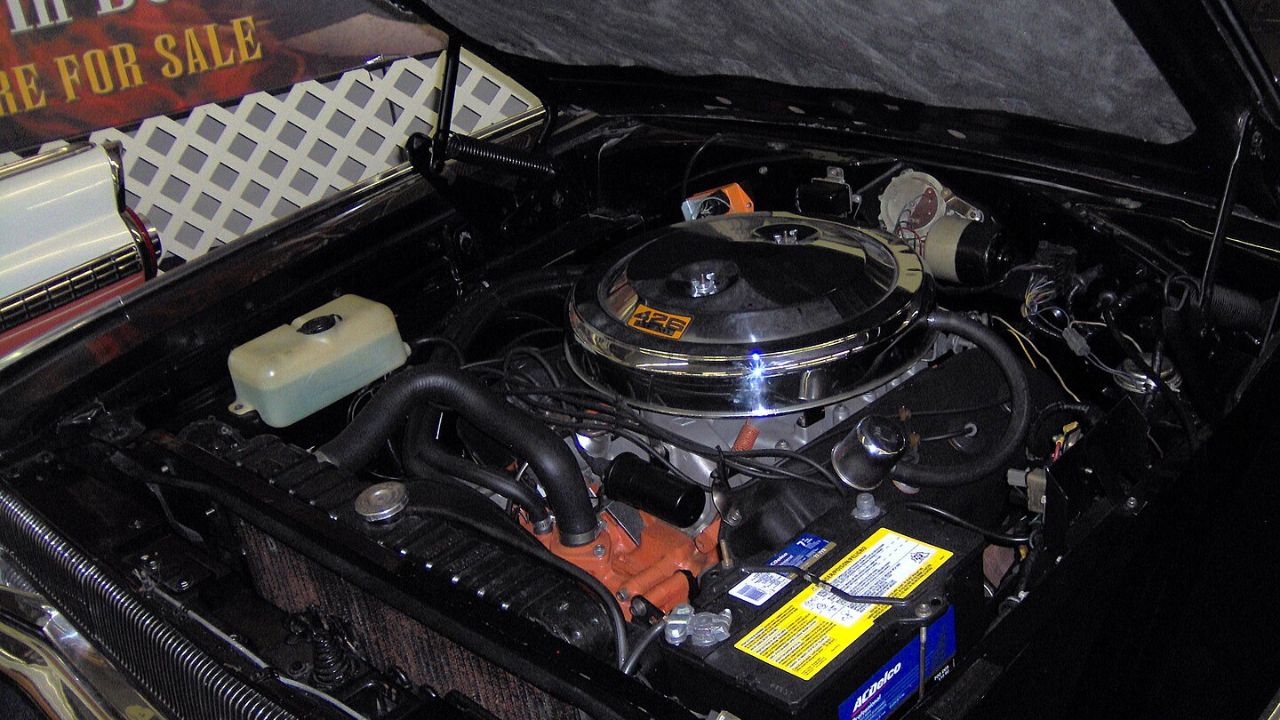
The 426 HEMI engine was developed in response to Chrysler’s desire to dominate the competitive racing scene of the 1960s. Engineers at Chrysler focused on creating an engine that could outperform its rivals by maximizing airflow and combustion efficiency. The result was a hemispherical combustion chamber design that allowed for larger valves and optimal fuel-air mixture, setting the 426 HEMI apart from other engines of its time. This engineering marvel wasn’t just about power; it was a masterclass in automotive innovation.
The 426 HEMI quickly became a powerhouse in NASCAR and drag racing, securing its legendary status. Its dominance was evident as it powered several racing teams to victory, including Richard Petty’s famous win at the 1964 Daytona 500. The engine’s success on the track prompted Chrysler to make it available in street-legal vehicles, transitioning the 426 HEMI from the racetrack to the streets and expanding its appeal to the general public.
Chrysler Models Featuring the 426 HEMI
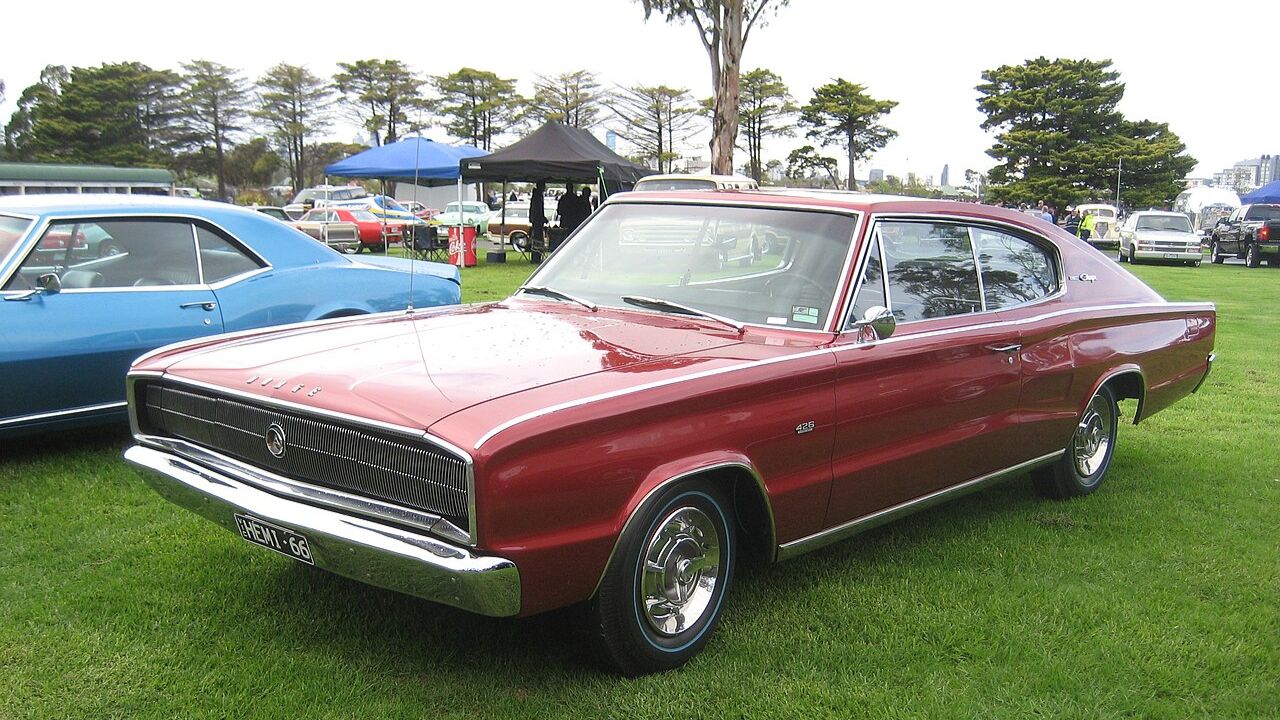
The 426 HEMI engine found its way into some of the most iconic Chrysler models of the muscle car era. Notable among these were the Dodge Charger, Plymouth Barracuda, and Plymouth Road Runner. Each of these models became legendary in their own right, thanks in large part to the performance and prestige that the 426 HEMI engine brought with it. These cars weren’t just vehicles; they were symbols of an era defined by speed and power.
Production numbers for these HEMI-equipped models were limited, adding to their exclusivity and desirability among collectors. Certain models, such as the 1970 Plymouth HEMI ‘Cuda, were produced in such small numbers that they have become highly sought-after in today’s collector market. These vehicles boasted unique features and enhancements, including reinforced chassis and upgraded suspensions, to handle the immense power of the 426 HEMI engine.
Years of Production
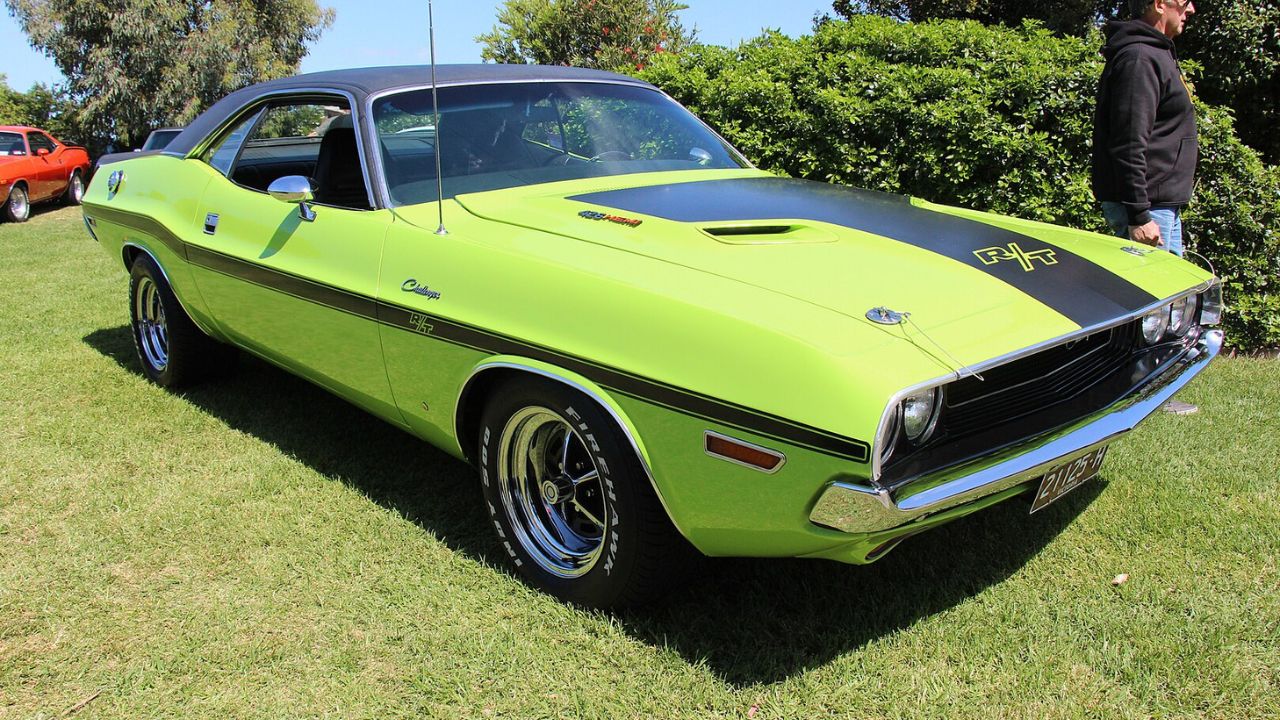
The 426 HEMI was initially produced from 1964 to 1971. The initial years were marked by rapid development and racing success, but by 1971, stricter emissions regulations and a shift in consumer preferences led to its discontinuation. Despite its relatively short production run, the 426 HEMI left a lasting impact on the muscle car era, influencing both vehicle design and performance standards.
In later years, Chrysler and its subsidiaries have made several attempts to revive or pay homage to the 426 HEMI. These efforts have included the introduction of modern HEMI engines that, while not exact replicas, carry forward the legacy of power and performance. The 426 HEMI’s influence is evident in the continued enthusiasm for muscle cars and the ongoing development of high-performance vehicles.
Collector Market Today
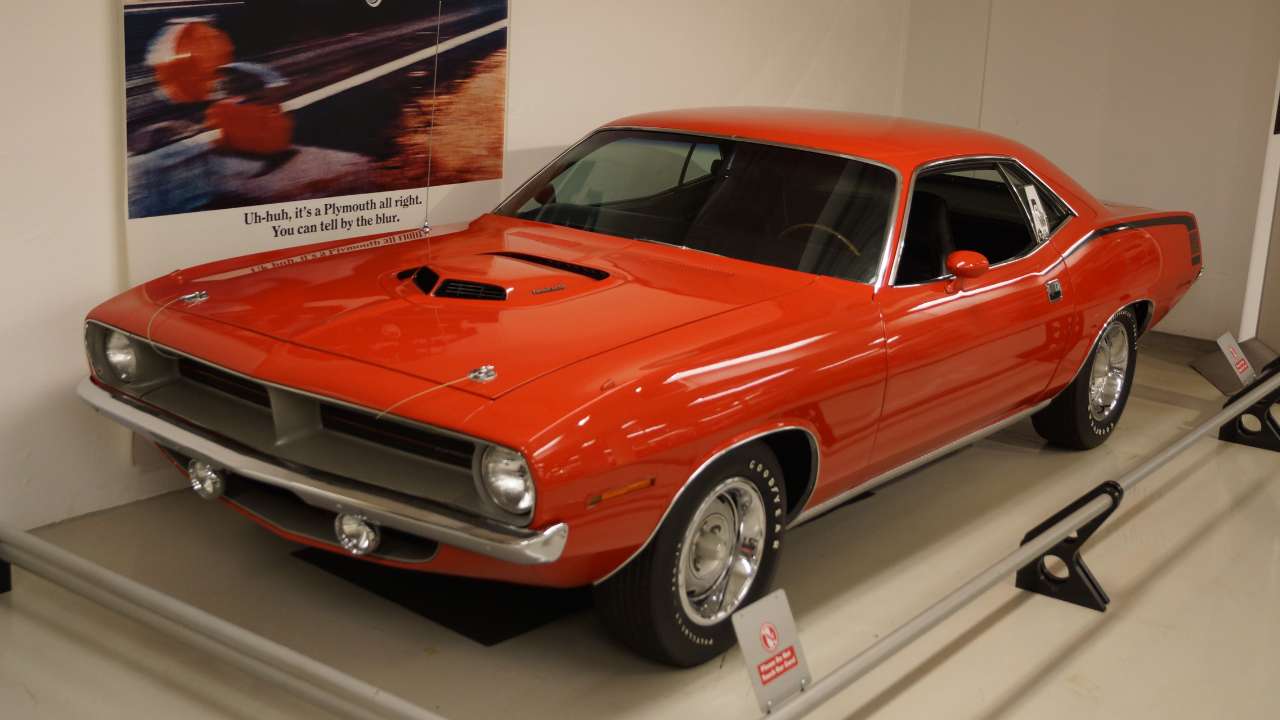
Today, vehicles equipped with the 426 HEMI are highly prized in the collector market. Auction results frequently see these models fetching significant sums, with some ultra-rare HEMI ‘Cuda models reaching prices in the millions. Private sales also reflect high demand, as collectors seek to acquire a piece of automotive history.
Several factors influence the value of these collector cars. Rarity, condition, and historical significance all play crucial roles in determining a vehicle’s worth. Well-preserved models with documented histories command premium prices, while those with unique features or racing pedigrees are highly sought after. The investment potential of owning a 426 HEMI vehicle is considerable, fitting into broader trends in the classic car market where rarity and nostalgia drive value.
Cultural and Historical Significance
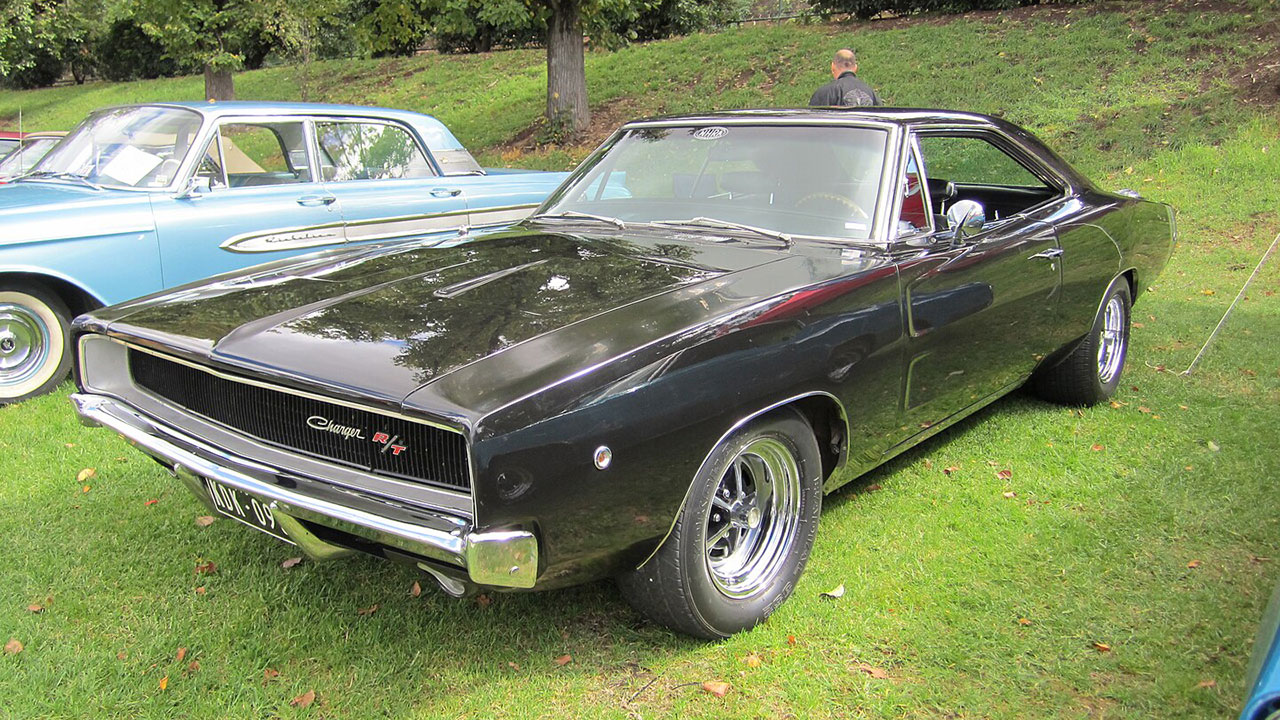
The 426 HEMI has permeated popular culture, being referenced in movies, music, and other media. Its iconic status is reinforced by appearances in films like “Bullitt” and mentions in songs that celebrate the muscle car era. This cultural impact has helped sustain the engine’s legendary status beyond the automotive world.
The legacy of the 426 HEMI extends to its influence on modern automotive engineering. Many of today’s high-performance vehicles owe a debt to the innovations pioneered by the HEMI, which set new standards for power and efficiency. Enthusiast communities and car clubs continue to play a vital role in preserving the history and passion for the 426 HEMI, organizing events and gatherings that celebrate these legendary machines. These enthusiasts ensure that the spirit of the 426 HEMI endures, inspiring future generations of car lovers.
Like Fast Lane Only’s content? Be sure to follow us.
Here’s more from us:
*Created with AI assistance and editor review.

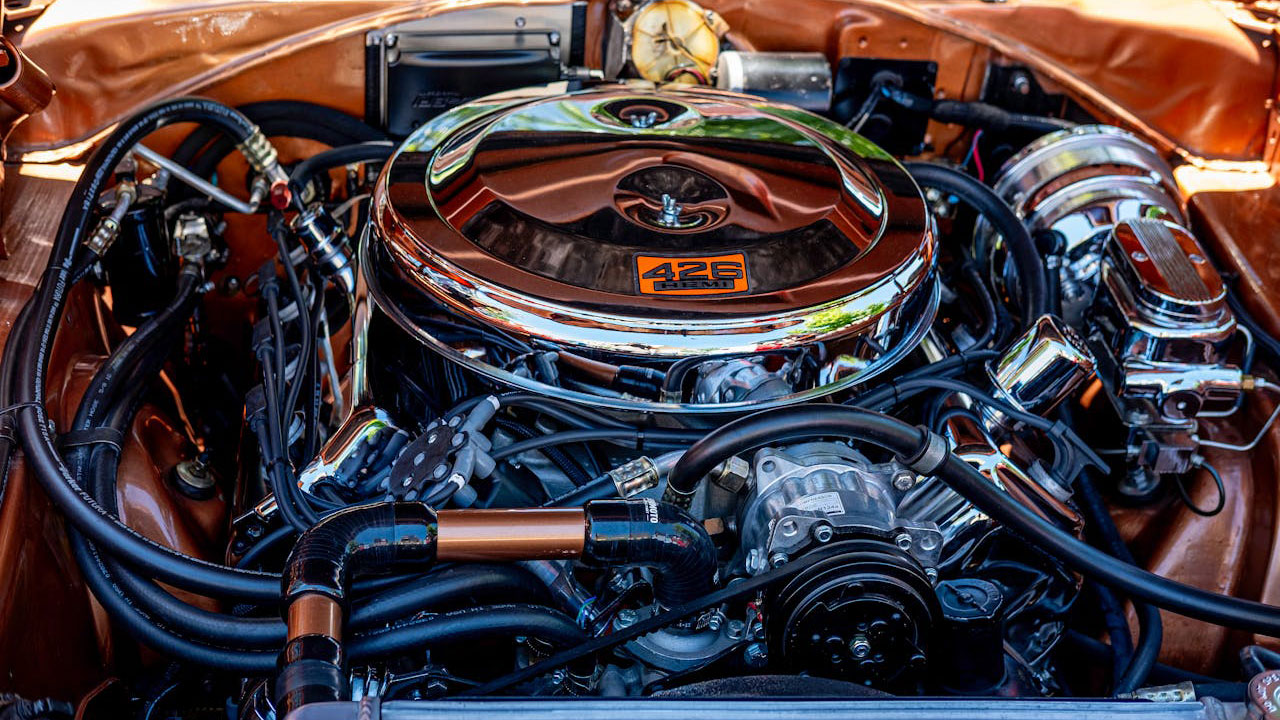

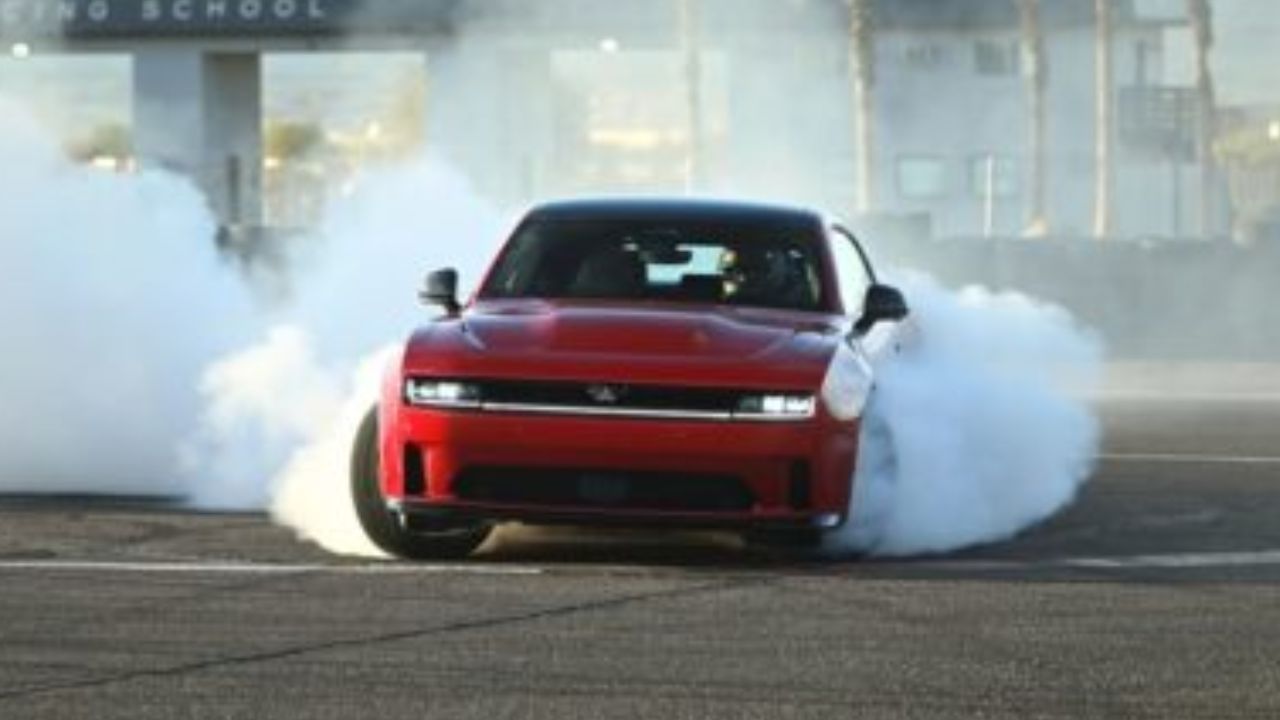

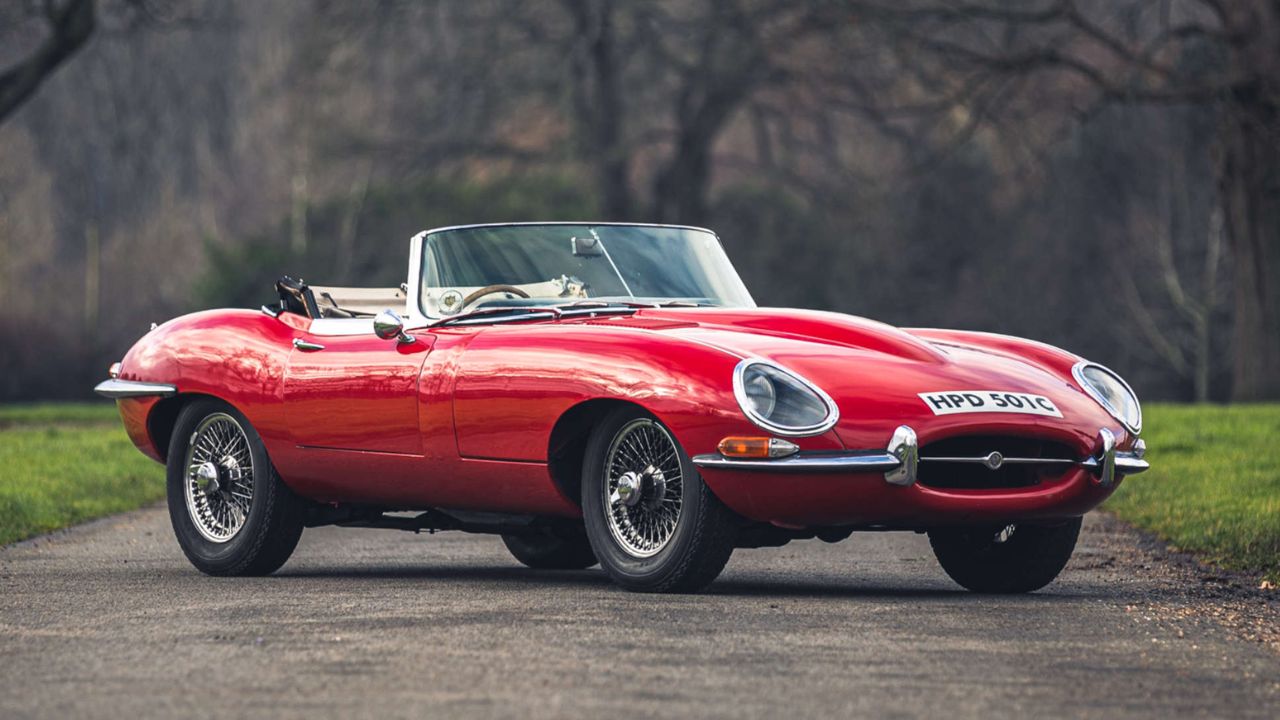
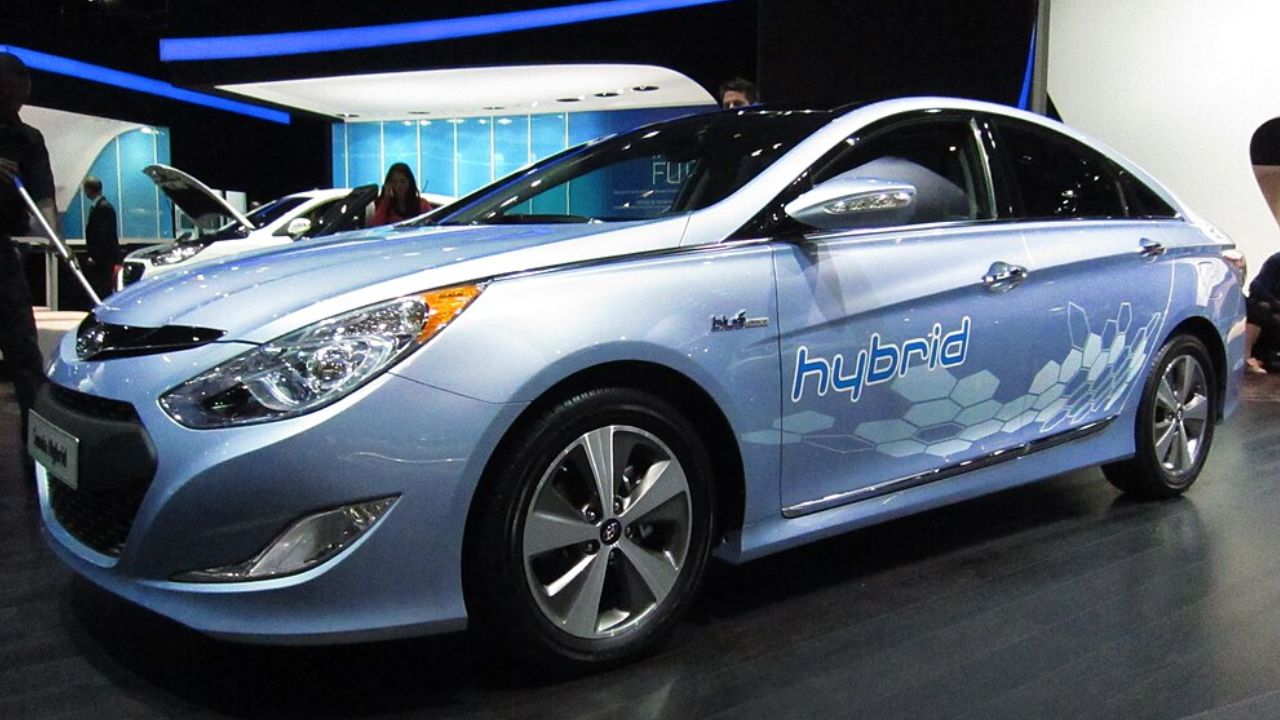
Leave a Reply